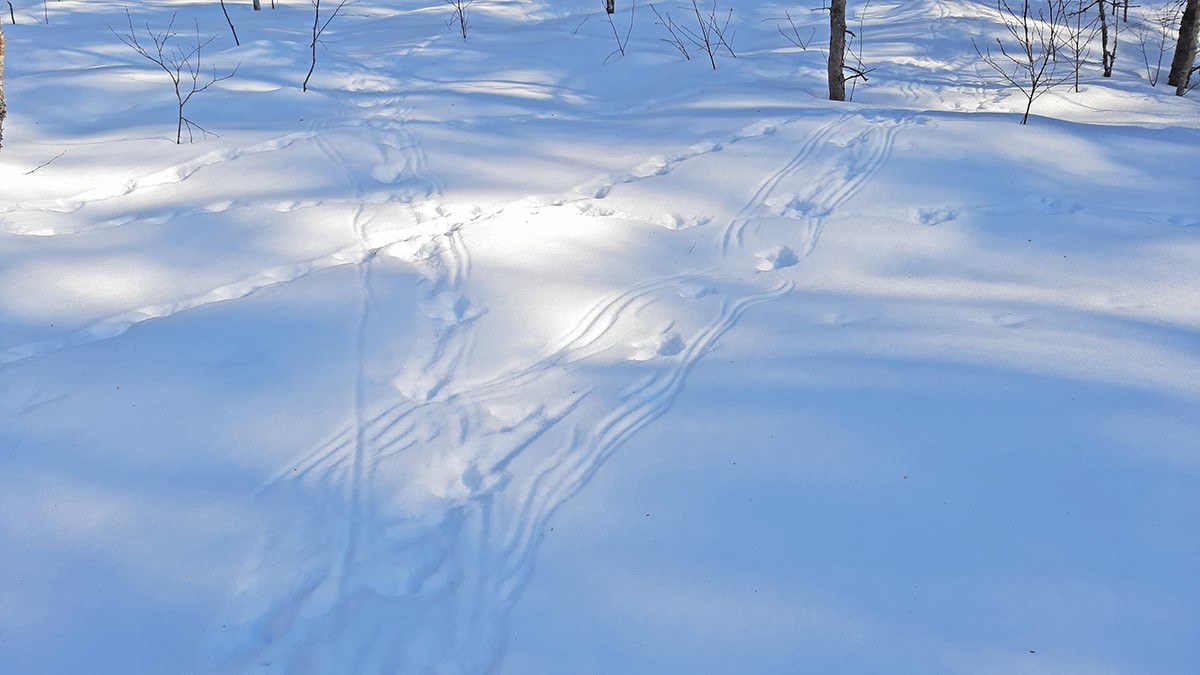Text: Triin Leetmaa, Urmas Sellis
Photos: Fleur, Urmas Sellis
livestream | news | forum
The Capercaillie lek camera was installed in cooperation between Eagle Club and Birdlife Estonia in Lääne-Virumaa Tudusoo SPA. Nine displaying male capercaillies were counted in this lek in 2019. The camera is situated in the center of the lek, but as the males move around during the display, not all of them might be visible from the camera. Also, it is not possible to detect the direction of the sound from the camera, which makes it difficult to find the males. Therefore, the camera does not replace traditional monitoring schemes, but complements and clarifies the monitoring results.

Male capercaillies are not on the lekking site for 24 hours a day, but arrive at sunset. The arrival is accompanied by the loud rattling sound of the wings. In the morning, the capercaillies display begins already in the dark – 2-3 hours before sunrise – and lasts until mid-morning. Afterwards, the males leave to rest and feed in the neighbouring areas.

Every male capercaillie has his own territory on the lekking site, but everyone wants the best one for themselves. When a hen arrives, the boundaries of the territory are no longer respected and there can be fights between the males. Many male capercaillies have scars from fights on their faces or necks, but usually duelling is limited to posing only.

The camera system was installed in mid-March. It is a remotely operated AXIS P5635-E Mk II PTZ camera that can be moved, tilted and zoomed by a volunteer operator. The microphone is somewhat away (behind) from the camera so that the buzzing sound of the camera wouldn’t be heard.
If necessary, all power consumers are switched off during the night and on again in the morning. This significantly reduces energy consumption and eliminates the need to replace the batteries.
Solar panels work well when there is no snow on them and the sun is shining. When the days get longer, the camera can be turned on for 24 hours a day. This can be adjusted remotely without visiting the lekking site.
Data transmission from the forest is done via 4G mobile network, which can make it difficult to operate the camera if the network is overloaded, but fortunately, the most active hours of capercaillies and humans are different. Nevertheless, in the current situation where people work remotely from the countryside, it is not favourable for us - GSM network is quite often full.
The camera is streamed through the Eagle Club Estonia’s YouTube channel. Preparing and recording the camera signal for streaming happens on the server of Estonian Fund for Nature.
Contributors are welcome with each camera, as some components need to be replaced every year and we do not have any project support for hardware costs. The Environmental Investment Center supports the installation, removal and maintenance of cameras.
Capercaillie lek camera team and supporters:
Eagle Club – camera installation, project coordination
Beta-Grupp – camera testing and setup, microphone construction, technical support
Looduskalender – forum on the Web
Eesti Ornitoloogiaühing - camera itself and information about species
AkuKeskus Tartu – battery assistance
Environmental Investment Center – financial support
Private donors - to cover unexpected and expected hardware costs
Volunteer operators - to move camera view in right direction
Thousands of viewers – the most important, because otherwise the cameras would not make much sense!


